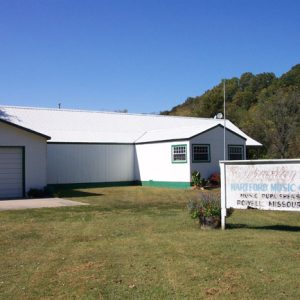 Hartford Music Company and Hartford Music Institute
Hartford Music Company and Hartford Music Institute
Entry Type: Place - Starting with H
 Hartford Music Company and Hartford Music Institute
Hartford Music Company and Hartford Music Institute
Hartman (Johnson County)
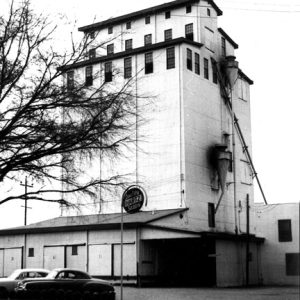 Hartz-Thorell Seed-Processing Plant
Hartz-Thorell Seed-Processing Plant
 Harvesting Grapes
Harvesting Grapes
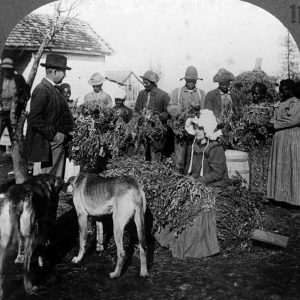 Harvesting Peanuts
Harvesting Peanuts
 Harvesting Soybeans
Harvesting Soybeans
Harvey (Scott County)
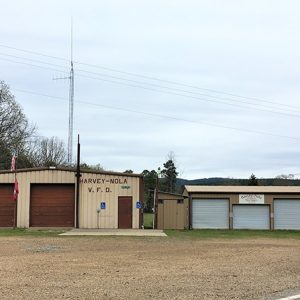 Harvey-Nola Fire Department
Harvey-Nola Fire Department
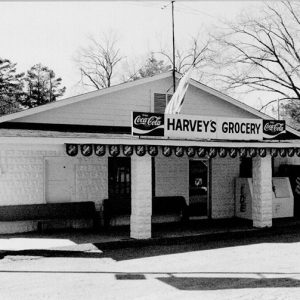 Harvey's Grocery and Texaco Station
Harvey's Grocery and Texaco Station
Haskell (Saline County)
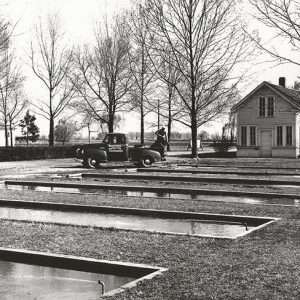 Hatchery Grounds
Hatchery Grounds
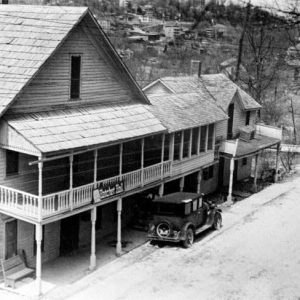 Hatchet Hall
Hatchet Hall
Hatfield (Polk County)
 Yard Art by Gene Hatfield
Yard Art by Gene Hatfield
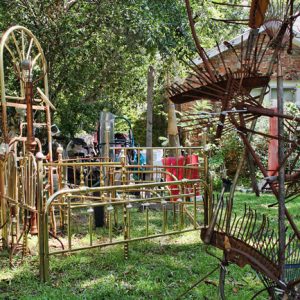 Yard Art by Gene Hatfield
Yard Art by Gene Hatfield
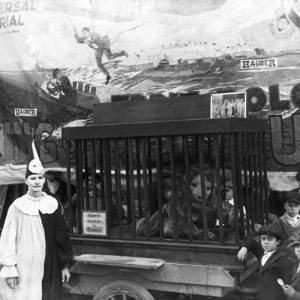 Hauber Theatre
Hauber Theatre
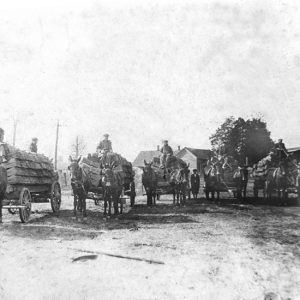 Hauling Cypress Shingles
Hauling Cypress Shingles
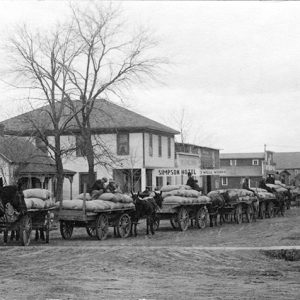 Hauling Rice to the Mill
Hauling Rice to the Mill
Havana (Yell County)
Haven of Rest Cemetery
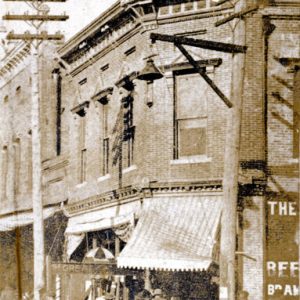 Ferd Havis Building
Ferd Havis Building
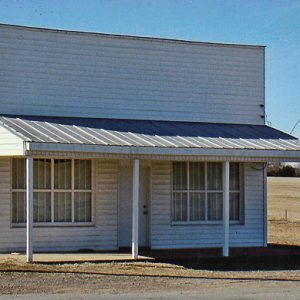 Hawkins General Store
Hawkins General Store
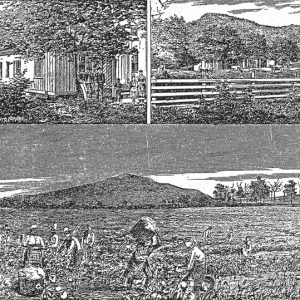 Hawkstone Plantation
Hawkstone Plantation
Haygood Seminary
Haynes (Lee County)
 Hazard Hall
Hazard Hall
Hazel Grove (Independence County)
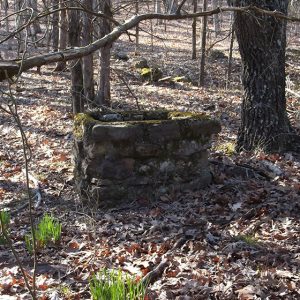 Hazel Grove Site
Hazel Grove Site
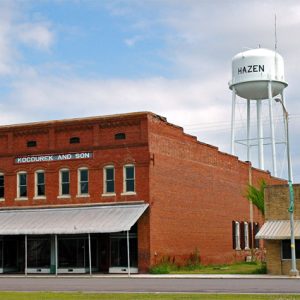 Hazen
Hazen
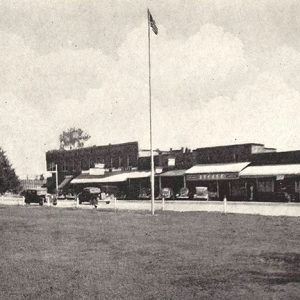 Hazen
Hazen
Hazen (Prairie County)
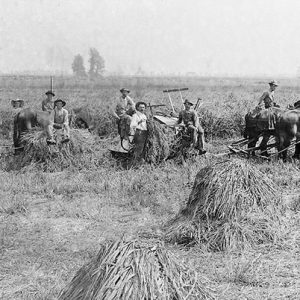 Hazen Rice Crop
Hazen Rice Crop
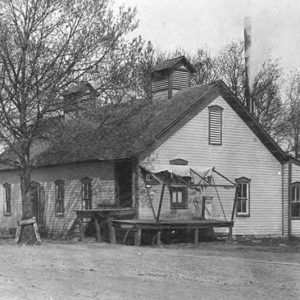 Hazen Creamery
Hazen Creamery
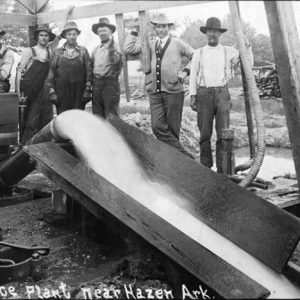 Hazen Rice Plant
Hazen Rice Plant
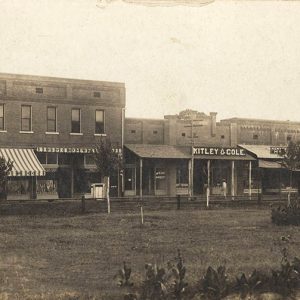 Hazen Street Scene
Hazen Street Scene
 Hazen Street Scene
Hazen Street Scene
 Hazen View
Hazen View
Headquarters House Museum
aka: Tebbetts House
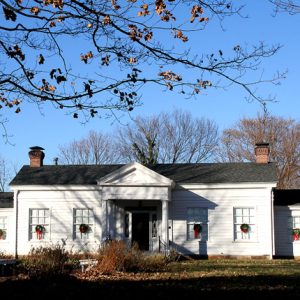 Headquarters House Museum
Headquarters House Museum
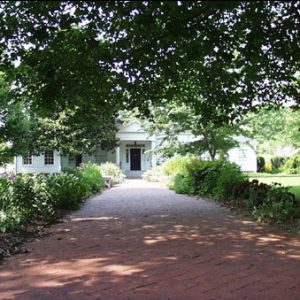 Headquarters House Museum
Headquarters House Museum
 Headquarters House Museum
Headquarters House Museum
Hearn (Clark County)
 Hearn's Store
Hearn's Store
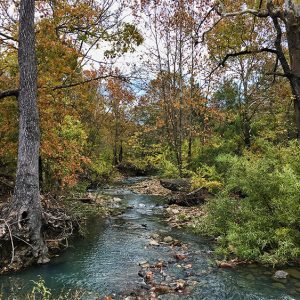 Heath Creek
Heath Creek
Heber Springs (Cleburne County)
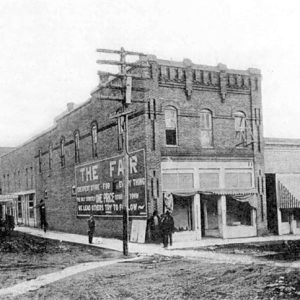 Heber Springs Building
Heber Springs Building
 Heber Springs Street Scene
Heber Springs Street Scene
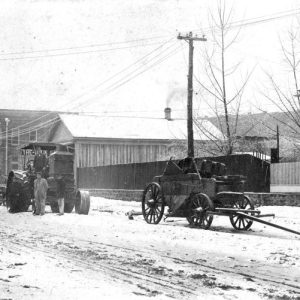 Heber Springs Street Scene
Heber Springs Street Scene
 Heber Springs Street Scene
Heber Springs Street Scene
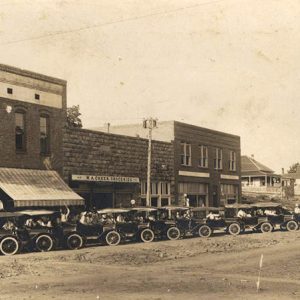 Heber Springs Street Scene
Heber Springs Street Scene




